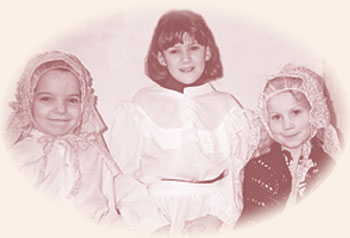




Food would have been either from 'the land', most boats carried a gun to shoot pigeons, rabbits etc, or from the village shops along their route. Along some of the trunk routes there were a few shops especially for the boat people. Blacksmiths and bootmakers in the villages along the canal were also needed by the boat people.
The only form of entertainment would have been visiting a canalside inn. Sometimes there was accordion music in these inns and of course many of them had stables for the horses that pulled the boats.
